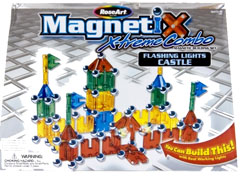
KID released an analysis today of the first four months of public reports to SaferProducts.gov at the US Consumer Product Safety Commission (CPSC) as they relate to children and children’s products.
Since our founding in 1998, we have been frustrated with the secrecy at the CPSC. When consumers made reports of injuries or incidents, they were kept secret until and unless there was a recall. But all that changed with the CPSIA requiring a publically accessible database – now consumers can both report product experiences and read others’ reports before purchasing an item.
KID looked at the first four months of data from the system in Straight from the Source. We found the information to be valuable, helping inform new educational programs on recalled products as well as identifying potentially dangerous products. The findings include:
- About 20% of the reports to CPSC during the period involve children’s products or injuries to children.
- Injuries were reported in 44% of the incidents involving children. Thirty percent of those reports involved injuries requiring medical treatment and 2% involved a death. The most frequently cited injuries fell into the bodily injury category.
- One might expect reports of injuries from higher risk products such as trampolines and pogo sticks and there were many. But, the injuries reported were for product failures, not just from use or misuse of the product. Consumers are using the database for its intended purpose – to alert CPSC and others to product defects or hazards.
Most alarmingly, many of the reports and injuries involved products that had been recalled. One in seven reports involved a recalled product, with most of the incidents happening after the product was recalled. An ineffective recall system leaves dangerous products in consumers’ hands. The data in SaferProducts.gov bears that out.
KID will continue to address recall effectiveness. Parents now can take steps to learn more about recalls and register their products, among other measures. Manufacturers and CPSC need to make getting products out of use after a recall a greater priority.
Full report: Straight from the Source
Press Release: Release


